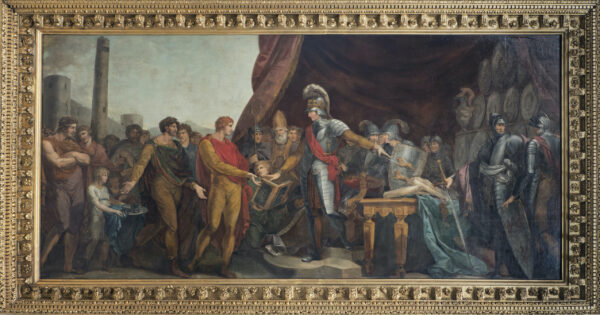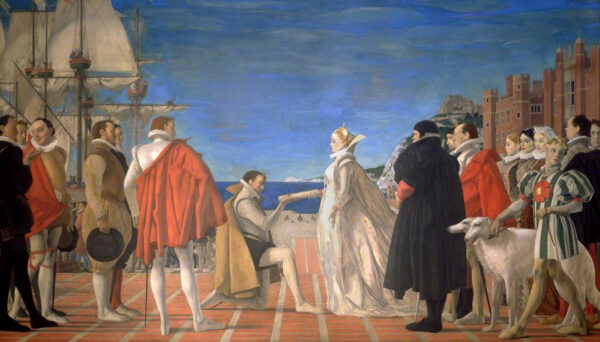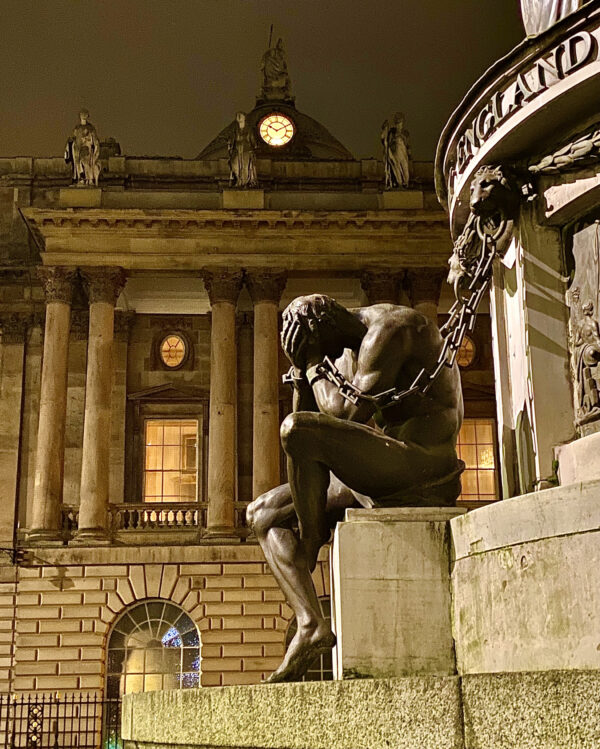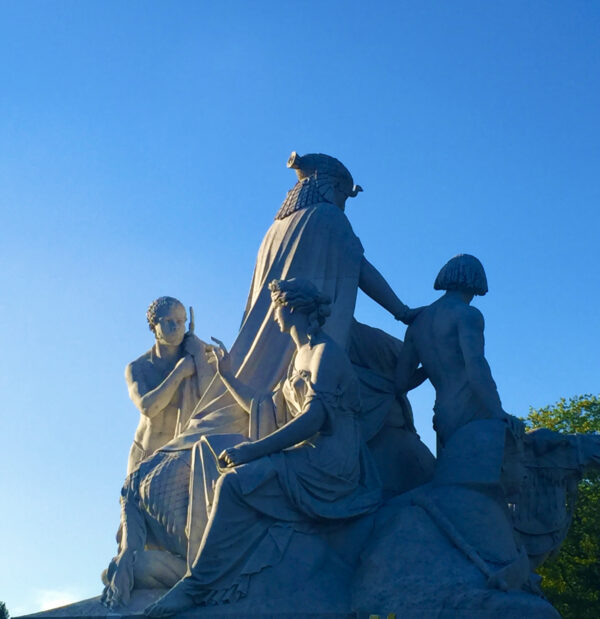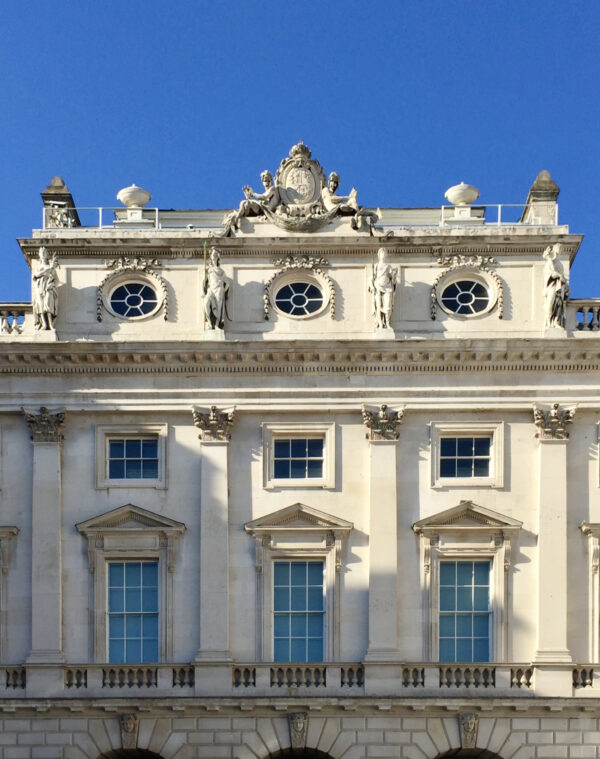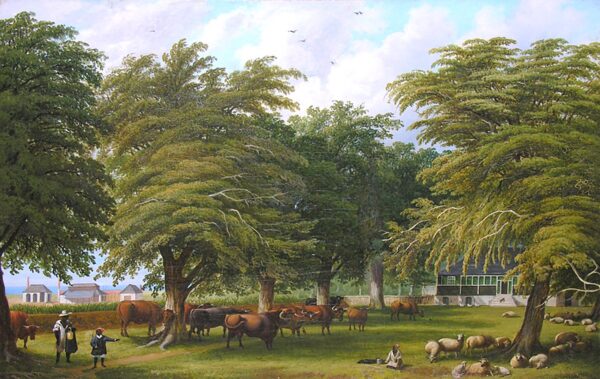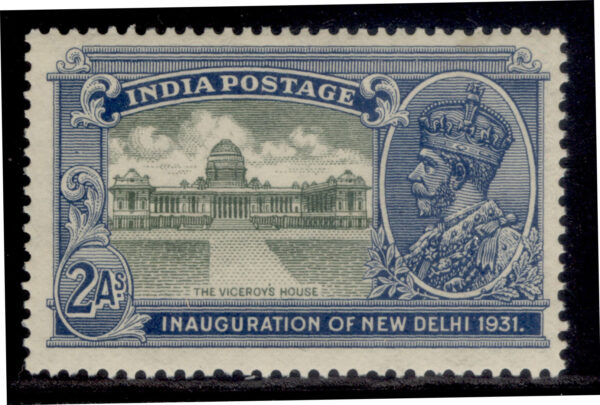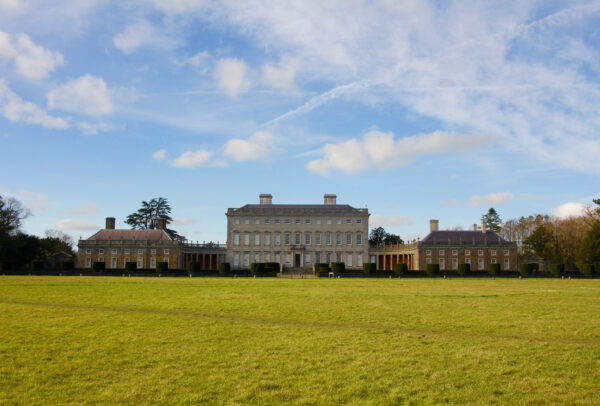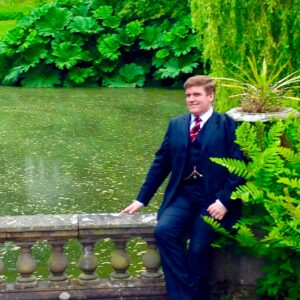More than most political abstractions, imperialism expresses itself directly in objects, and in none with more potency and immediacy than those associated with architecture culture; that is the material objects and works of art associated with the built environment, including architectural treatises, drawings, maps, decorative details, artistic works and the other tools utilised in the production of built space. Buildings and the works of art and material culture displayed within them formed a key practical and theoretical means through which colonial processes and narratives were exercised, communicated, promoted, and sustained. They also have an afterlife which continues to impact societies into the present.
Commencing with an examination of the origins of the British empire in the first quarter of the seventeenth century and tracing changing attitudes to the British imperial project through several key case-study historic moments to the zenith of Britain’s imperial expansion in the first quarter of the twentieth, this option explores several thematic issues including global trade and the transcultural transmission of ideas; the contested concept of ‘civilisation’; ideals of expansion, possession and dominium; political and military authority; and the nexus between politics, artistic production and planning. In addition to examining attitudes to empire at home, the course will consider two key sites of British imperial influence, Ireland and India, to explore societies which have arguably been (and continue to be) shaped by the highly complex and vigorously contested legacies of colonialism. Consideration will be given to architectural and artistic projects both private and public in Ireland and India. In Ireland, these will include Rathfarnham Castle, Dublin Castle, the former Irish Parliament House, Westport House, Castletown House, Mount Stewart and Belfast’s City Hall and Parliament Buildings (where visits to the sites will be arranged); and comparisons will be drawn with Fort William, the former Government House (now Raj Bhavan), and the Victoria Memorial in Kolkata, the Memorial Well at Kanpur, the former British Residency at Hyderabad, Lutyens’ former Viceroy’s House (now Rashtrapati Bhavan), and the old and new Parliament Houses in Delhi.
The course gives a particular prominence to the experiential impact of the built environment and, as such, there is a strong emphasis on field work and site visits. Key building projects on the British mainland – such as the Banqueting House on Whitehall, the Royal Hospital for Seamen at Greenwich, Home House, Liverpool’s ‘Merchant City’, Somerset House, and the Foreign, Commonwealth and Development Office – will be visited and examined in relation to their cultural, political and symbolic value within the imperial project. Additionally, an extended four-day study trip to Ireland (supported by travel grants) will take place in Spring Term.
These site-visits (often led by on-site curatorial teams) will provide opportunities to meet and network with many curators and scholars working with some of the UK and Ireland’s leading heritage bodies, affording a critical insight into the challenges of heritage management. Bolstered by the Virtual Exhibition exercise, these visits will also provide first-hand experience of the ways in which sites with sometimes hidden and often very difficult historic legacies are curated and interpreted.
Fundamentally, the course facilitates consideration of how the contested architectural and cultural legacies of the British empire have, in the past been – and ought, in the future to be – dealt with by curators and heritage bodies in a contemporary postcolonial context. In this, the course provides a sound foundation in many transferable skills. Students will be encouraged to undertake critical analysis of the built environment, and will research and present their reasoned analysis in oral and written argument. The cross-disciplinary and cross-methodological approach taken on the course will offer experience in a variety of disciplines including political history, law and anthropology, in addition to providing experience key to matters pertaining to planning, curation and heritage management.
Written assessments of this option are designed to allow students a wide discretion to research and write on concepts and case studies of particular interest to them or which may be of particular utility in their future career path.
Being based in London will provide students with access to an unrivalled wealth of library, archive and manuscript resources in some of the world’s greatest libraries, museums, repositories and academic institutions: not least the Courtauld’s own collections and its calendar of research events, which will provide further opportunities to hear from scholars working in the field. The collections of the British Library, the National Archives at Kew and the Royal Institute of British Architects are all accessible; whilst a great many of the key buildings explored on the course will be close at hand in the city which was once dubbed ‘the heart of Empire’.
In the event that a course leader is on sabbatical, takes up a fellowship, or otherwise is not able to teach the course, they will be replaced by another experienced course leader either for a semester or, in some cases, the academic year.
Please note: whilst many Special Options will include site visits within the UK and further afield, these are subject to confirmation.
Course Lead

